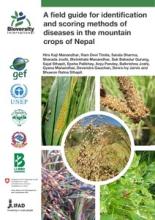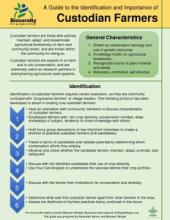Land Library Search
Through our robust search engine, you can search for any item of the over 73,000 highly curated resources in the Land Library.
If you would like to find an overview of what is possible, feel free to peruse the Search Guide.
/ library resources
Showing items 1 through 9 of 757.This participatory video titled “We Can” was filmed, produced, and directed by a group of 11 farmers and community members from Damolgo and Sekoti, Ghana.
In countries with transitional economies such as those found in South Asia, large-scale irrigation systems (LSIS) with a history of public ownership account for about 115 million ha (Mha) or approximately 45% of their total area under irrigation.
We often talk about custodian farmers; several countries recognized them by facilitating awards and we often interact with them about what they do on their farm?
Most cities in developing countries fail to treat their wastewater comprehensively. Consequently, farmers downstream use poor-quality water for irrigation. This practice implies risks for farmers, consumers and the environment.
Indus basin irrigation system (IBIS) is one of the largest contiguous irrigation systems of the world. The surface canal water supplies are far less than the crop water demands which lead farmers to use groundwater to cope surface water scarcity.
This paper first presents a clustering of women based on the characterization of their distinct access rights to néré. Secondly, the types of access rights are characterized also in spatial terms, based on the type of land use where the women harvesting is exercised.







